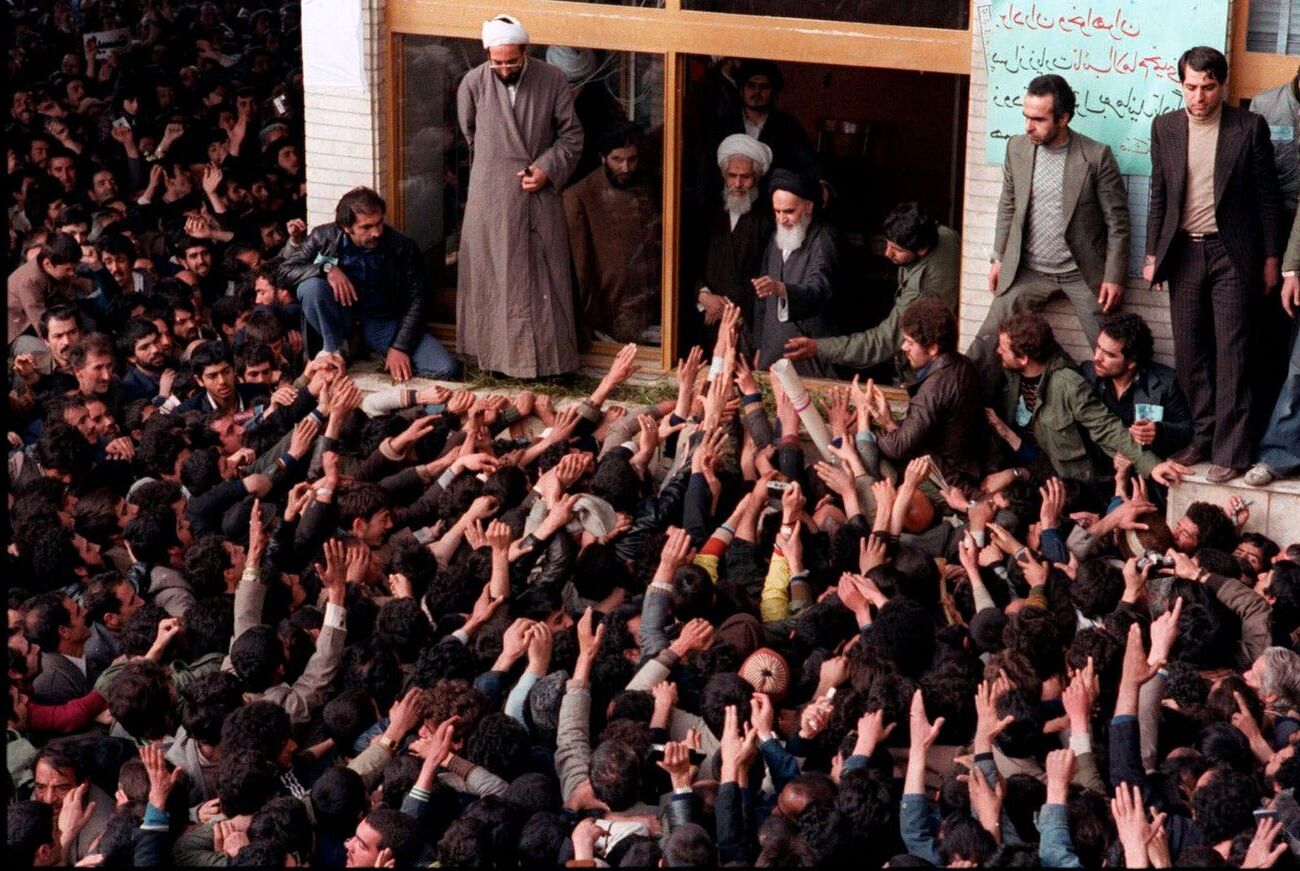
The Iranian Revolution of 1979 was a monumental event that reshaped Iran's political landscape. But what exactly happened during this period? In short, the revolution led to the overthrow of the Shah and the establishment of an Islamic Republic. This seismic shift didn't just affect Iran; it sent ripples across the globe. From student protests to the rise of Ayatollah Khomeini, the revolution was a complex tapestry of events and ideologies. Curious about the key moments, influential figures, and lasting impacts? Buckle up as we dive into 23 intriguing facts that will give you a clearer picture of this pivotal moment in history.
The Prelude to the Iranian Revolution
The Iranian Revolution of 1979 was a pivotal moment in modern history. It reshaped Iran's political landscape and had far-reaching effects globally. Here are some fascinating facts about this significant event.
-
The revolution began as a series of protests against the Shah of Iran, Mohammad Reza Pahlavi, who was seen as a puppet of Western powers.
-
Ayatollah Ruhollah Khomeini emerged as the leader of the revolution, advocating for an Islamic government.
-
The Shah's regime was known for its oppressive tactics, including the use of the secret police, SAVAK, to silence dissent.
-
Economic struggles, including high inflation and unemployment, fueled public discontent.
Key Events During the Revolution
Several key events marked the course of the Iranian Revolution. These moments were crucial in shaping the outcome.
-
In January 1978, protests erupted in the city of Qom after an article in a government newspaper insulted Khomeini.
-
The Shah declared martial law in September 1978, leading to the infamous "Black Friday" massacre where hundreds of protesters were killed.
-
By December 1978, millions of Iranians were participating in demonstrations against the Shah.
-
On January 16, 1979, the Shah fled Iran, leaving the country in a state of turmoil.
The Rise of the Islamic Republic
Following the Shah's departure, Iran underwent a dramatic transformation. The establishment of the Islamic Republic brought significant changes.
-
Khomeini returned to Iran on February 1, 1979, after 15 years in exile.
-
A national referendum in April 1979 resulted in the establishment of the Islamic Republic, with 98% of voters in favor.
-
The new government implemented Sharia law, drastically altering Iran's legal and social systems.
-
The U.S. Embassy in Tehran was seized by Iranian students in November 1979, leading to the hostage crisis that lasted 444 days.
Social and Cultural Impact
The revolution had profound effects on Iranian society and culture. These changes continue to influence Iran today.
-
Women's rights were significantly curtailed, with strict dress codes and limitations on their roles in society.
-
Western cultural influences were purged, and traditional Islamic values were promoted.
-
The education system was overhauled to reflect Islamic principles.
-
Many intellectuals, artists, and professionals fled the country, leading to a significant brain drain.
International Repercussions
The Iranian Revolution had a ripple effect across the globe, influencing international relations and regional dynamics.
-
The revolution inspired Islamist movements in other countries, including Lebanon and Iraq.
-
Iran's relationship with the United States deteriorated, leading to decades of hostility.
-
The revolution shifted the balance of power in the Middle East, with Iran emerging as a regional power.
-
The Iran-Iraq War, which began in 1980, was partly a result of the revolution's impact on regional politics.
Legacy of the Revolution
The legacy of the Iranian Revolution is complex and multifaceted. Its effects are still felt in various aspects of Iranian life and beyond.
-
Iran's political system remains a unique blend of theocratic and democratic elements.
-
The revolution's emphasis on anti-imperialism continues to shape Iran's foreign policy.
-
Despite the revolution's promises, many Iranians still struggle with economic and social challenges.
The Iranian Revolution remains a defining moment in history, with its impact resonating far beyond Iran's borders.
Reflecting on the Iranian Revolution
The Iranian Revolution of 1979 was a pivotal moment in history. It led to the overthrow of the Pahlavi dynasty and the establishment of an Islamic Republic under Ayatollah Khomeini. This revolution wasn't just a political shift; it deeply impacted Iranian society, culture, and the global political landscape. The revolution's roots lay in widespread dissatisfaction with Shah Mohammad Reza Pahlavi's regime, which many saw as oppressive and overly influenced by Western powers.
The revolution also highlighted the power of grassroots movements and the role of religion in politics. It inspired other movements worldwide, showing that change is possible even against formidable odds. Understanding these facts about the Iranian Revolution helps us appreciate its complexity and lasting influence. This event reshaped Iran and left an indelible mark on world history.
Was this page helpful?
Our commitment to delivering trustworthy and engaging content is at the heart of what we do. Each fact on our site is contributed by real users like you, bringing a wealth of diverse insights and information. To ensure the highest standards of accuracy and reliability, our dedicated editors meticulously review each submission. This process guarantees that the facts we share are not only fascinating but also credible. Trust in our commitment to quality and authenticity as you explore and learn with us.


